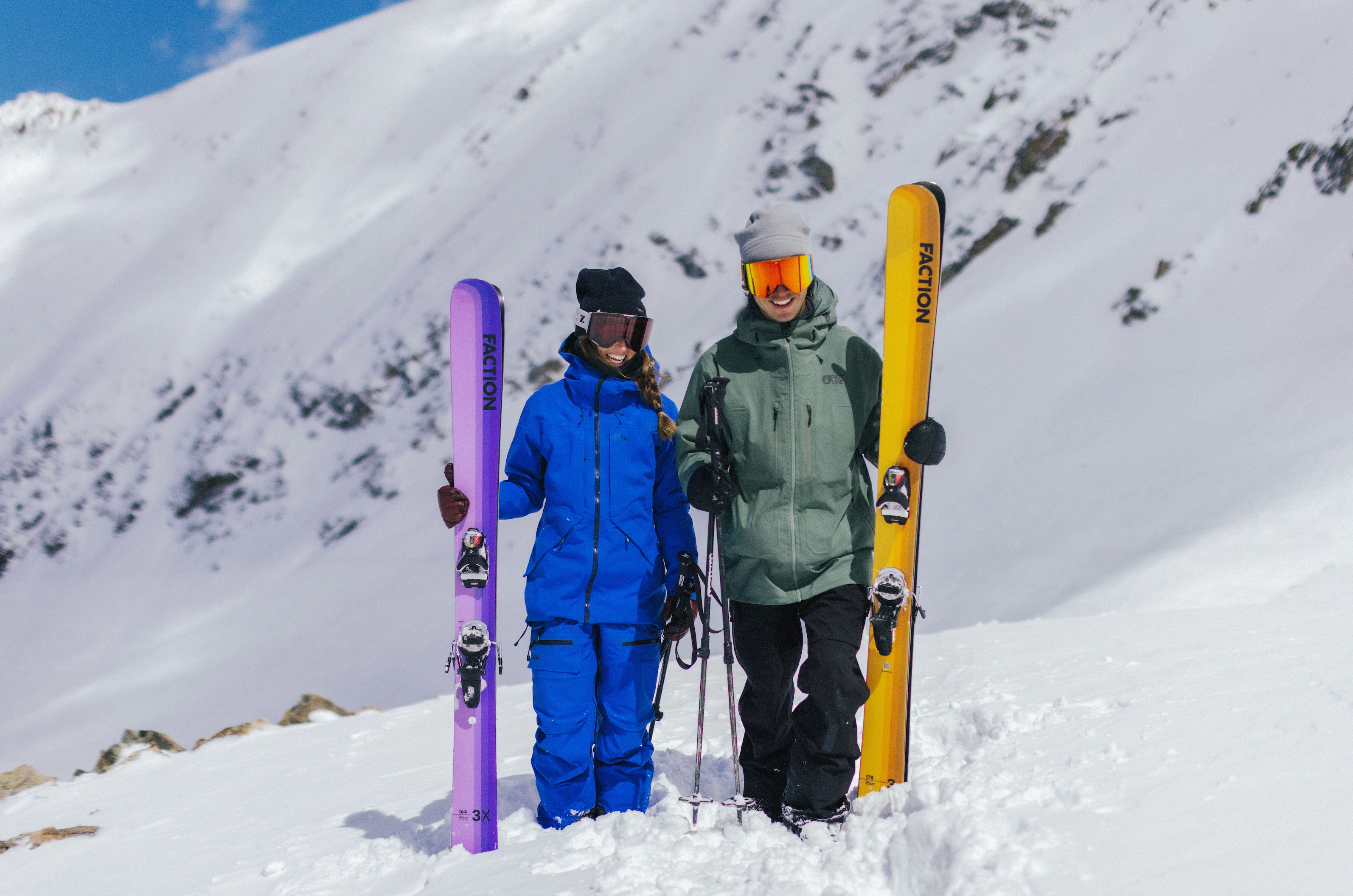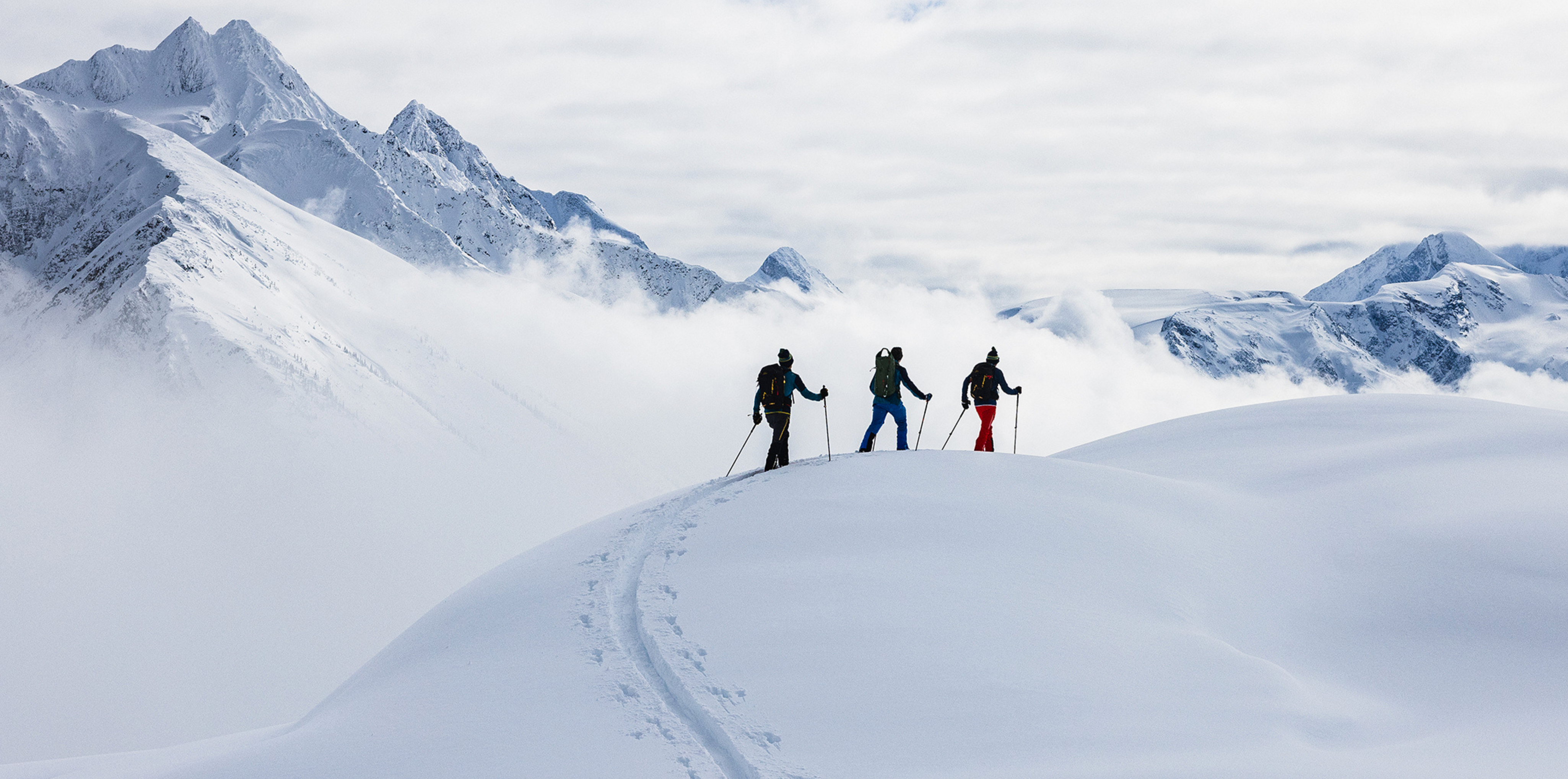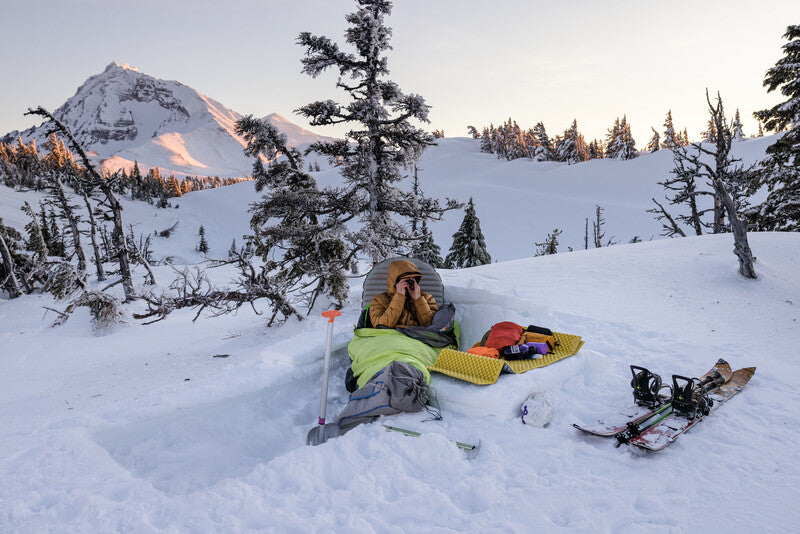Beat the Winter Chill: The Ultimate Guide to Layering

Brr, it's cold! But don't worry, we've got you covered.
Winter is here, bringing chilly winds and snowy streets. The key to staying warm and comfortable, whether you’re skiing down mountains or walking in town, is effective layering. Let’s dive deeper into how to build a layering system that keeps you protected from the elements while regulating your body temperature.
The Three Layers of Winter
Base Layer:
This is the layer in direct contact with your skin. It's crucial for wicking moisture away from your body to keep you dry. Choose a base layer based on the coldness and your activity level. Seamless or flat-seamed garments prevent rubbing under outer layers or packs. Fit should be snug but not tight.
Materials:
-
Synthetic Fabrics: Like polyester, great for quick drying and stretch.
-
Wool: Merino wool can absorb moisture while remaining dry to the touch, offering warmth and natural odor resistance.
Mid Layer:
This layer is all about insulation, trapping body heat to keep you warm and continuing to move moisture outward. Fleece is a popular choice due to its insulating properties without bulk. Gridded and high-loft fleece are excellent for trapping warm air. Lightweight insulated pieces are also an option for less bulk.
Outer Layer:
The shell layer protects you from wind and precipitation. Choose a layer that's windproof, waterproof yet breathable, allowing moisture from inner layers to escape. Ensure it fits over your other layers without being too loose and allows for free movement.
Special Considerations
-
Rain and Snow: For wet conditions, consider waterproof-breathable outer layers. Features like DWR coatings and seam taping enhance water shedding ability.
-
Soft Shells: In cold and dry conditions, a soft shell offers warmth, wind-proofing, and light rain protection, combining an insulating and outer layer in one.
-
Insulated Outer Layers: For extreme cold, insulated jackets or pants provide significant warmth but are less versatile for varying conditions.
Fabric Choices: Natural vs Synthetic
-
Synthetic Fabrics: They dry quickly and retain less moisture, ideal for base layers. However, they can retain odors over time.
-
Wool: A great natural option for base layers, offering warmth, breathability, and natural odor resistance, though it can be more expensive and slower to dry.
Tips for Layering
-
Adaptability: Be ready to add or remove layers based on your activity and weather changes.
-
Accessorize: Hats, gloves, and scarves are vital for protecting extremities.
-
Fit: Layers should be snug but allow for movement and circulation.
Layering is more than just putting on more clothes; it's a thoughtful strategy to stay warm, dry, and comfortable in varying winter conditions. By understanding the roles and materials of different layers, you can customize your attire to suit any outdoor activity or weather scenario. Remember, the right layers can make all the difference in enjoying your winter adventures to the fullest.
Explore our range of specially designed winter wear to find the perfect base, mid, and outer layers for your needs. And don't forget to follow us for the latest tips, trends, and insights into making the most of your winter experiences!
- Tags: Skills and Tips Snowsports






